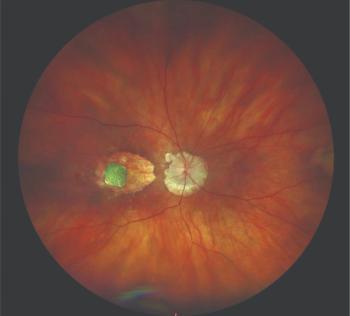
Collaboration to focus on biologicals for the treatment of retinal diseases
SemaThera Inc. has announced a research collaboration and licensing agreement with Roche to develop a new class of biologicals for the treatment of diabetic retinopathy and other ischemic retinal diseases.
SemaThera Inc. has announced a multi-year research collaboration and licensing agreement with Roche to develop SemaThera’s new class of biologicals for the treatment of diabetic retinopathy and other ischemic retinal diseases.
Garth Cumberlidge, PhD, CEO of SemaThera, noted that the company is enthusiastic about combining its knowledge of the underlying biology of novel Semaphorin 3A antagonists with Roche’s expertise in the development and commercialization of innovative biologicals in ophthalmology.
“We are excited to work together with Roche to pave the way for novel treatment options that may have the potential to benefit patients that currently have few or no options,” he said in a statement. “By supporting blood vessel regrowth into avascular areas of the retina and preventing excessive VEGF production and neovascularization, we aim to provide patients with a potentially disease-modifying treatment for retinal ischemia.”
James Sabry, global head, Roche Pharma Partnering, added that discovering and developing novel drugs for the treatment of serious retinal diseases such as diabetic retinopathy is one of the company’s focus areas within ophthalmology.
“We are looking forward to working together with SemaThera to explore the full potential of these novel biologics in addressing an area of high unmet medical need,” he said in a statement.
Newsletter
Don’t miss out—get Ophthalmology Times updates on the latest clinical advancements and expert interviews, straight to your inbox.





